Cleric might be the only class in 5e that can field a full party and not miss out on anything.
They have access to all of the available spells as divine casters, and adding in the domain specialty adds a few spells not commonly on the list, plus some extra features.
This class really comes down to preparation. Since the Cleric can change the prepared spells each day, the list can be tailored to the scenario.
Contents
- Best Cleric Spells 5e
- 20. Guidance
- 19. Scrying
- 18. Command
- 17. Healing Word
- 16. Inflict Wounds
- 15. Lesser Restoration
- 14. Speak With Dead
- 13. Spirit Guardians
- 12. Greater Restoration
- 11. Heal
- 10. True Resurrection
- 9. Antimagic Field
- 8. Plane Shift
- 7. Heroes’ Feast
- 6. Commune
- 5. Banishment
- 4. Revivify
- 3. Animate Dead
- 2. Cure Wounds
- 1. Guiding Bolt
- Final Thoughts
Best Cleric Spells 5e
20. Guidance
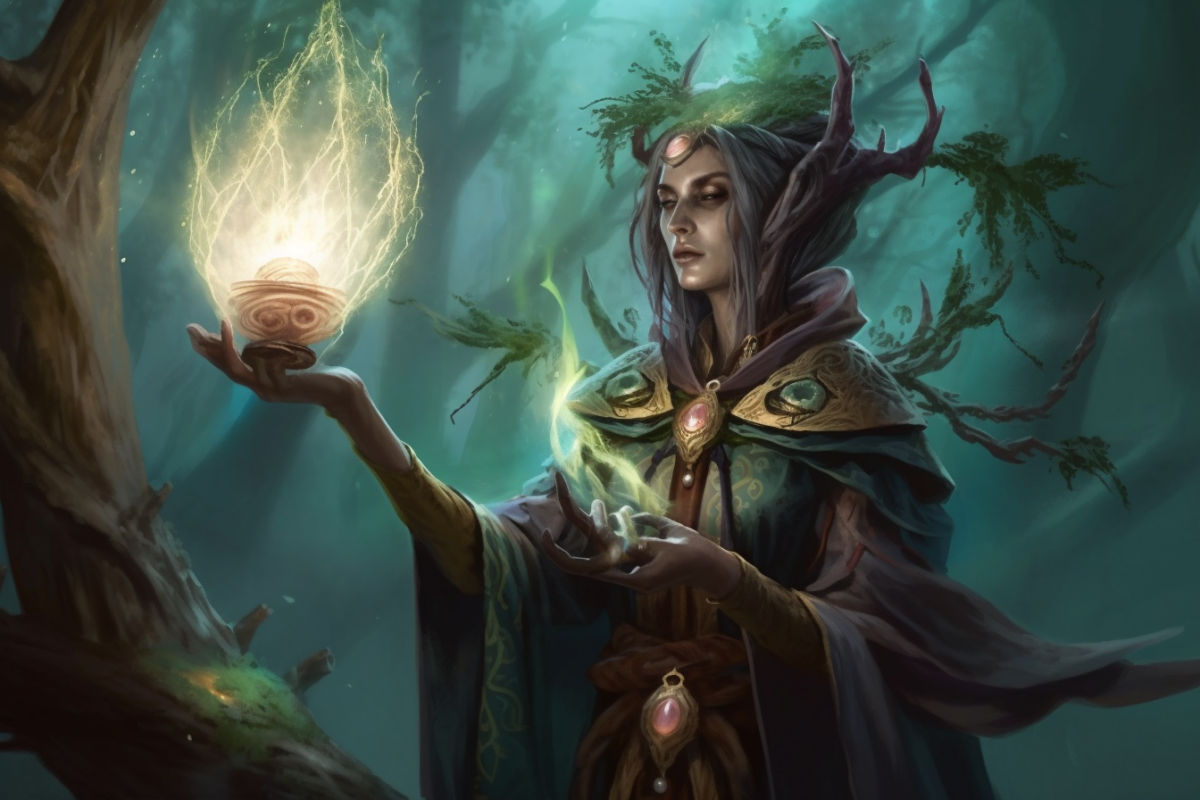
Guidance is a Cleric cantrip that instantly grants a +1d4 to skill checks. While 1d4 doesn’t seem like much, it can certainly come in handy. The big thing to remember with this spell is to specify that you are casting it and who the target is.
Since guidance is a cantrip, you have unlimited casts but remember not to spam it as it could get really annoying.
19. Scrying

Scrying is a 5th level divination spell that grants the caster the ability to see and hear a particular creature you are on the same plane of existence with.
The target does get a wisdom saving throw to oppose the spell. The DC is modified by how well you know the target creature. It is easier to scry on a creature that is familiar to you.
The spell creates an invisible sensor that follows the target on a failed save. It is also possible to target a location – if this is done, the sensor doesn’t move.
The downside is the component cost. The spell requires a component worth 1000 GP.
18. Command
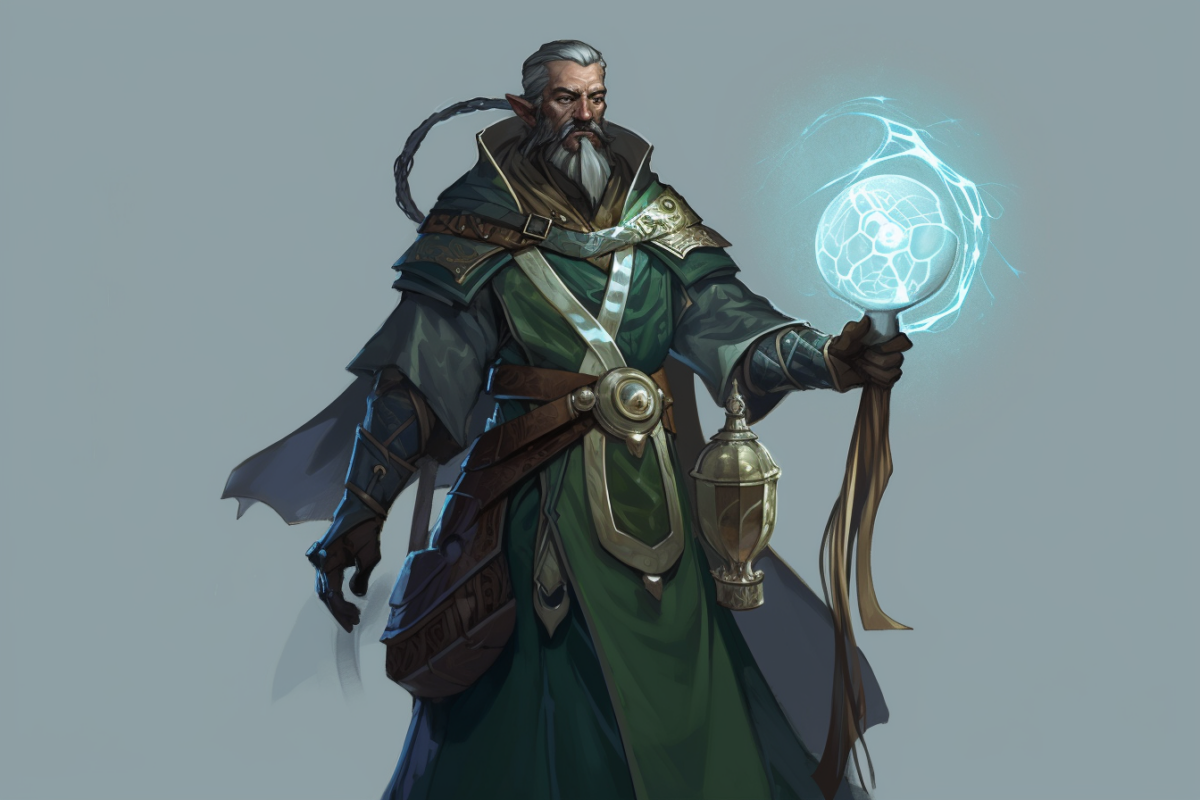
Command is a 1st level enchantment spell allows the caster to issue a simple one-word command to the target. A failed wisdom save requires the target to perform the command for one round, acting on their turn.
Examples of simple commands would be approach, drop, grovel, flee, and halt. Each of these commands produce a different effect as issued.
This spell can target more than one creature if cast at higher levels.
17. Healing Word
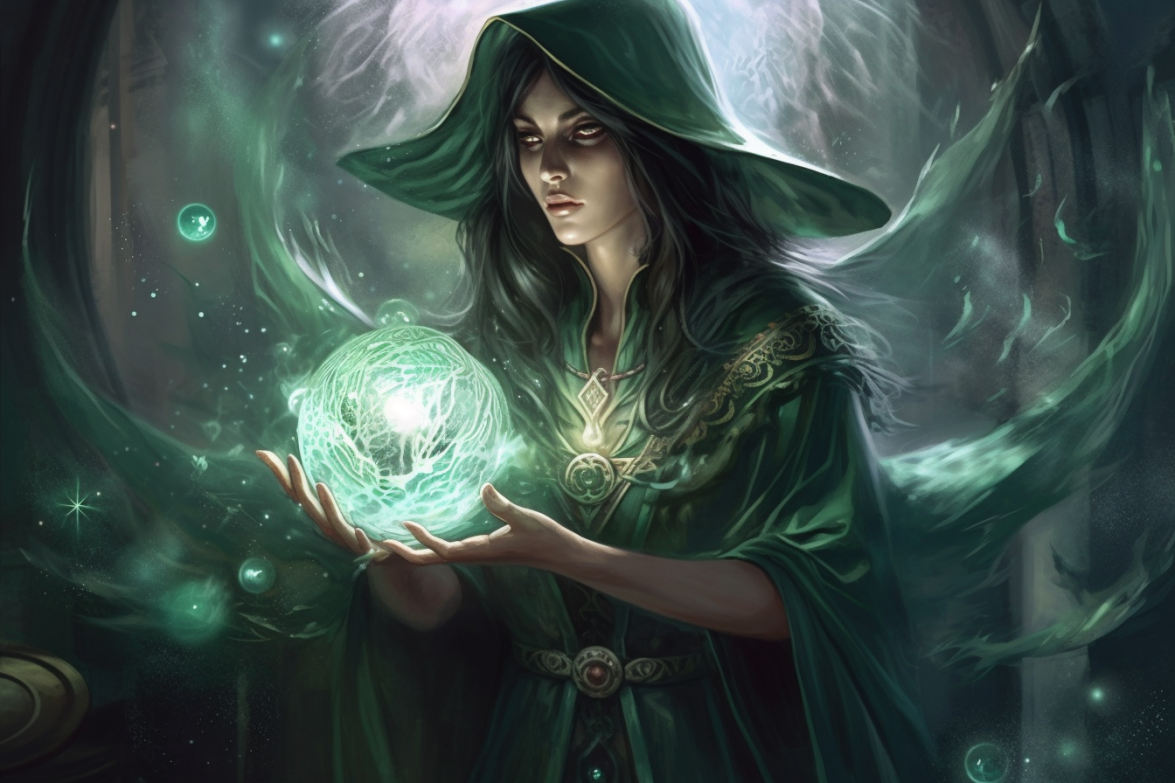
Healing Word is not, by any means, the strongest healing spell in the Clerics arsenal. Available at 1st level, this spell heals 1d4+mod per cast level. It is on the Cleric top 20 because it is a bonus action and has a range of 30 feet.
These two features allow the Cleric to continue to take full actions and not have to move if they don’t want.
16. Inflict Wounds
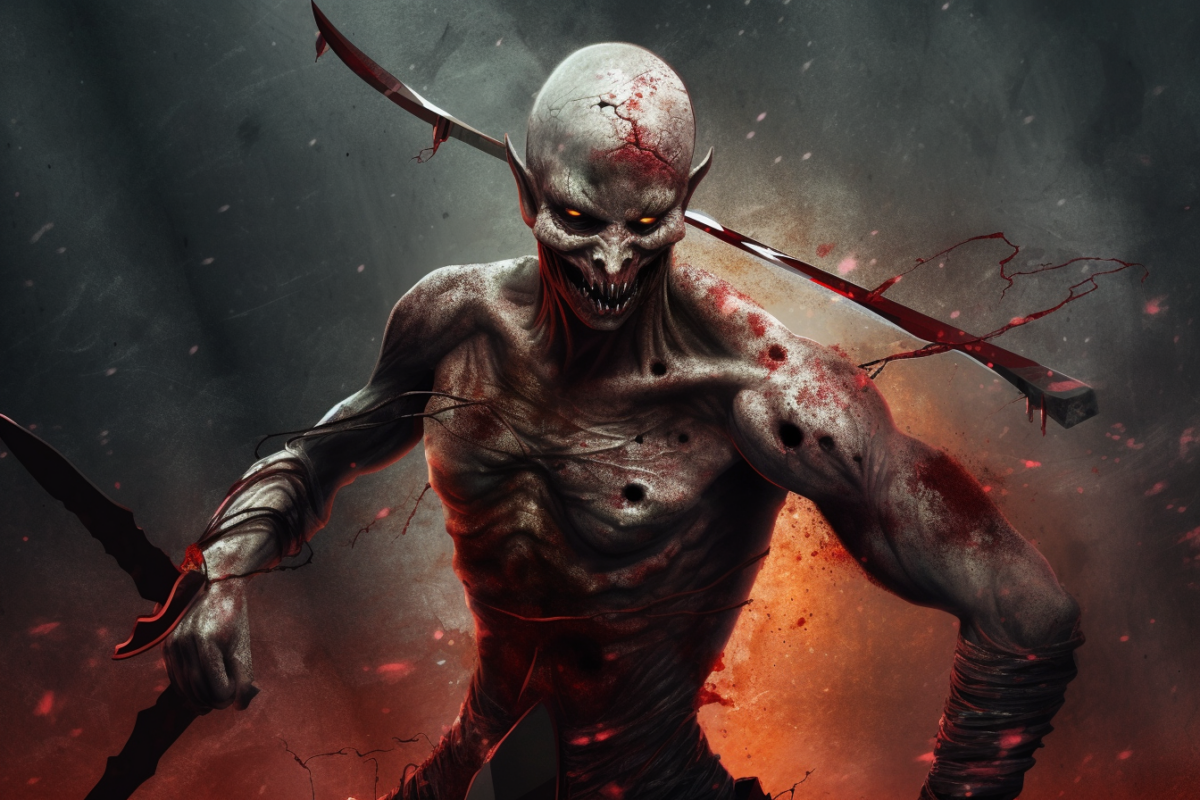
This 1st level necromancy spell might be the best melee spell in the game. Inflict wounds deals 3d10 damage at the base level cast and scales up.
Since it works on an attack roll, it is capable of dealing critical hits, which will bring almost any enemy down when the spell is available.
If your Cleric is not just a heal-bot and likes to get in there and mix it up, Inflict Wounds is a must-have. The downside, of course, being the limited range.
15. Lesser Restoration

Lesser Restoration is the spell to take for Clerics who find themselves in a party of capable healers. This 2nd level spell can end a variety of effects such as a disease, blinded, poisoned, deafened, or paralyzed.
If the Cleric has the option to prepare things other than healing spells, Lesser restoration should be close to the top of the list.
The party’s tank making all attack rolls at disadvantage because of blindness is a problem that this spell can easily remedy.
14. Speak With Dead
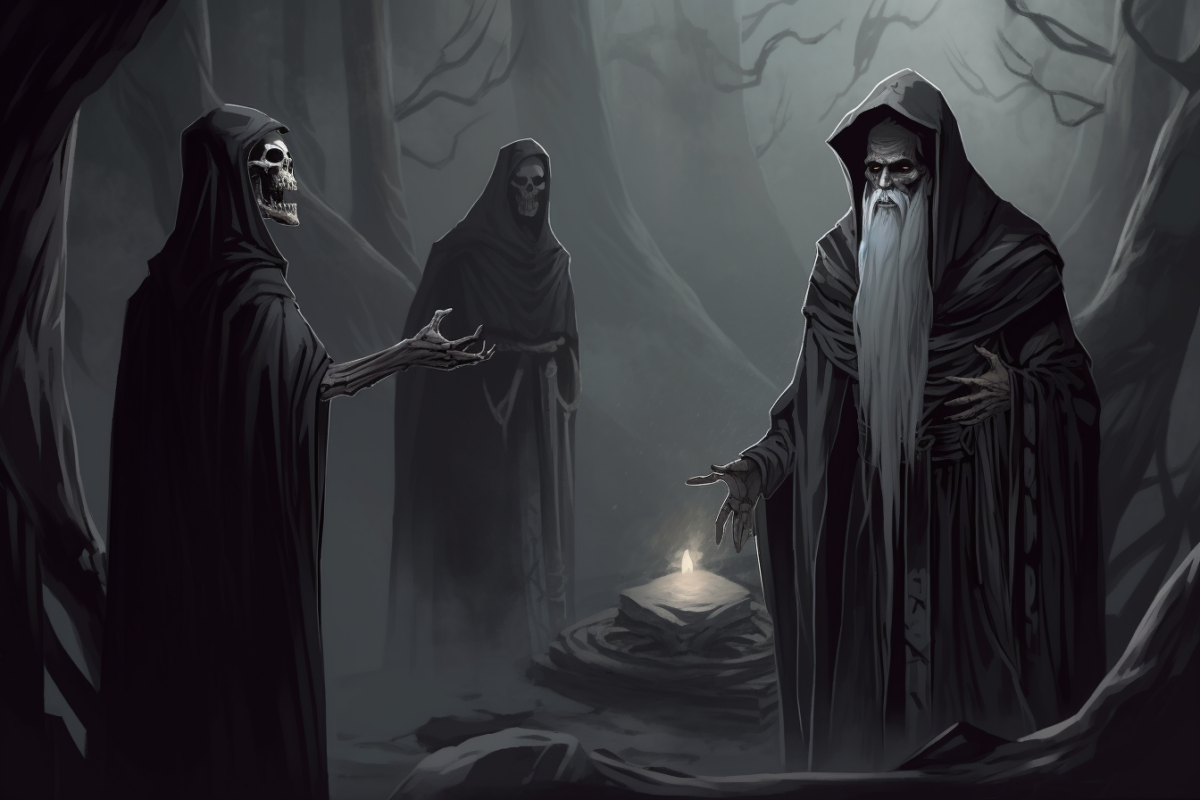
This 3rd level necromancy spell allows the caster to bring a semblance of life to a corpse.
Speak With Dead lasts for 10 minutes, and during that time, the caster may ask up to 5 questions. The corpse must still have a mouth and cannot be undead.
The corpse can only answer what it knew in life, including languages. The corpse is not required to be truthful if it recognizes the caster as an enemy.
This is a great way to get information or insight to complex problems. The corpses usually answer in vague terms or riddles, but it is an incredibly useful spell.
13. Spirit Guardians

Spirit Guardians is a 3rd level spell that summons a cloud of spiritual figures, shape chosen by the caster.
They figures take up a 15-foot cube around the caster. When an enemy enters the space for the first time, it takes 3d8 damage at base cast level on a failed wisdom save. The cube also counts as difficult terrain for affected creatures.
This spell is a great way to deal damage and still take actions. It also works as a great way to protect some of the squishier party members if the Cleric is filling a support role. The spell does require concentration.
12. Greater Restoration
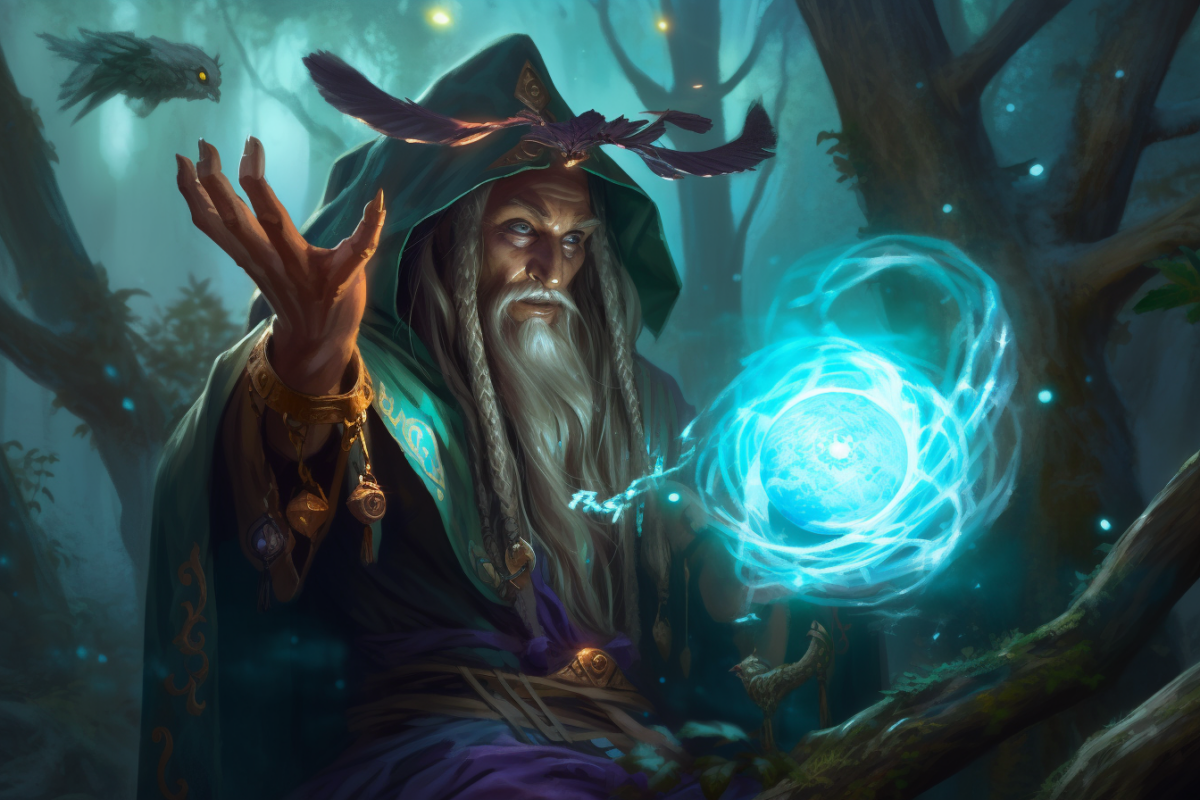
Adventurers will travel for miles to receive the benefits of Greater Restoration. Any party that has a Cleric capable of casting 5th level spells shouldn’t need to worry about that.
The spell allows the caster to imbue a creature with magical positive energy removing a debilitating effect.
These effects include curses, charms, petrification, ability score reductions, or hit point maximum reductions.
The Cleric doesn’t need to have this spell prepared constantly since they can change their spells daily, however, at higher levels, these issues take place mid-combat, so queuing it up before a big fight might not be a bad idea.
11. Heal
Heal is the ultimate one-shot healing spell to get an ally back in the fight quickly. Available as a 6th level spell, it grants the caster the ability to create a surge of positive energy, instantly healing 70 hit points to the target.
It also ends blindness, deafness, and any disease affecting the target. When cast at higher levels, the hit points increase by 10.
10. True Resurrection

This 9th level necromancy spell lets the caster bring a creature back from the dead. The creature can’t have been dead longer than 200 years and did not die from natural causes.
True Resurrection is an epic spell to play. Being the one who brings a fellow party member back from the dead is an awesome role-playing opportunity and should never be passed up.
This spell is only available to Clerics and Druids. The high level is the reason it’s in the middle of this list.
9. Antimagic Field
Antimagic field is the ultimate playing field leveling spell. Available as an8th level spell, it can give the Cleric a fighting chance against almost any foe. The spell creates a 10-foot radius sphere. Inside the sphere, magic doesn’t work.
Magic items become mundane, and no spells can be cast and block all magic summons and effects.
Clerics generally have heavy armor and martial weapon proficiencies; this makes them a force to be reckoned with in non-magical combat compared to other casters.
A Cleric with an Antimagic Field up can take down just about any other full caster.
8. Plane Shift

Plane Shift is a dual-purpose 7th level conjuration spell. One use allows the caster to transport themselves and up to 8 other creatures to another plane of existence – the exact location is up to the DM.
If the caster knows the runes of a teleportation circle, they can travel to that specific circle instead.
The other option is to use Plane Shift to target an enemy and send them to a different plane of existence. The creature gets a Charisma saving throw or is teleported to the plane you chose and must find its own way back.
7. Heroes’ Feast
Heroes’ Feast is a 6th level conjuration spell that is a magical pre-game meal. The caster creates a great feast with food and drink that takes an hour to consume. An hour after the Feast, the effects set in.
The effects of the Feast include curing of all poison and disease, immunity to poison and being frightened, all Wisdom saves are at advantage, and hit point maximum goes up by 2d10 as well as regaining that many hit points. All benefits last for 24 hours.
6. Commune
The 5th level spell Commune allows the caster to ask 3 questions of their deity. The questions must be yes or no. There is still a possibility to receive an unclear answer since gods are not always omniscient.
If a one-word answer would be misleading, the DM might offer a short phrase instead.
This is another great role-play spell. This allows the DM to use a character’s deity to interact with and provide helpful information in-game.
5. Banishment

Banishment allows a caster to attempt to send a creature to another plane of existence. The 4th level spell requires a Charisma save. If the target is native to the plane the caster is on, it is banished to a demi-plane.
If the target is native to a different plane than what the caster is on, it is sent to that plane. If the spell ends before 1 minute, the creature returns to the space it left from.
This spell can grant reprieve to a party that needs a break. It can allow them to regroup, strategize and organize.
4. Revivify
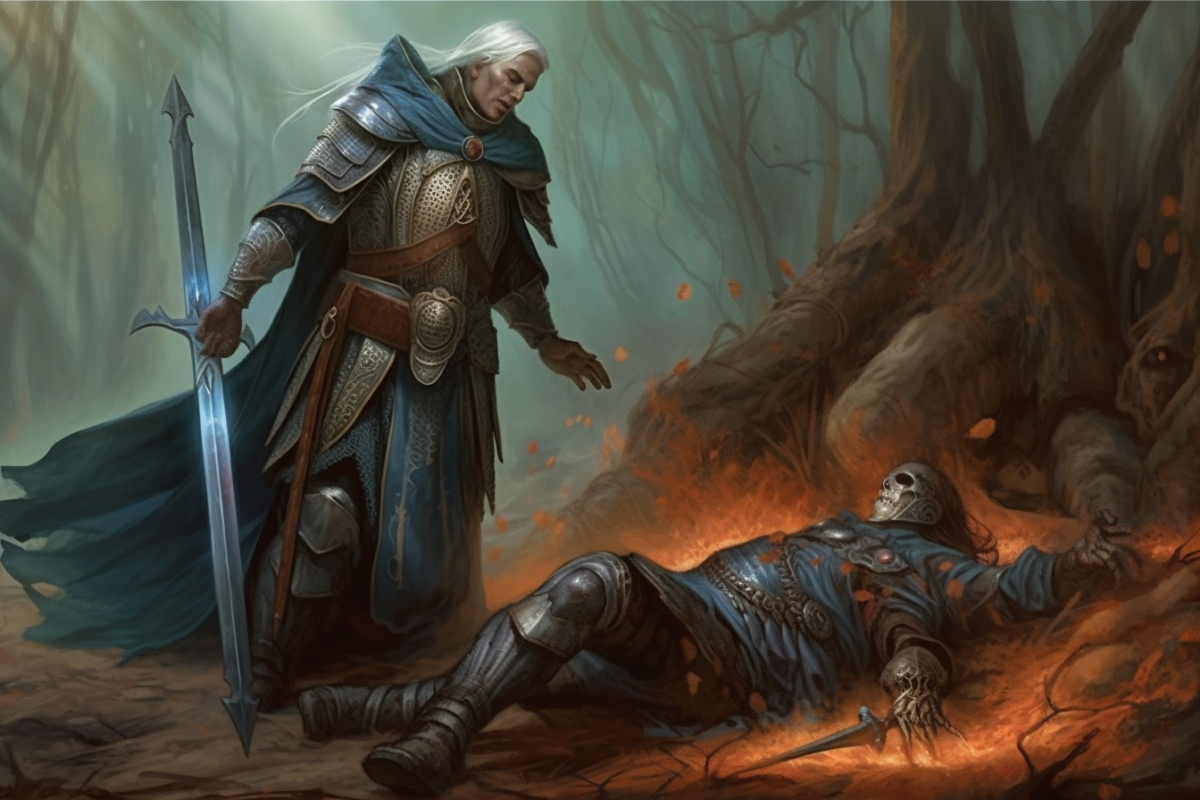
Revivify is another way to get an ally back in the fight after death. The target can’t be dead longer than 1 minute. When this spell becomes available as a 3rd level spell, every Cleric should have it prepared regularly.
The target returns to life with 1 hit point. The spell does not replace any lost body parts and will not work on a creature that has died of old age.
Early on, the 300 GP worth of diamonds can be hard to acquire but are definitely worth it. Characters can drop on an ill-timed critical, and this spell provides a bit of insurance against making a new character.
3. Animate Dead
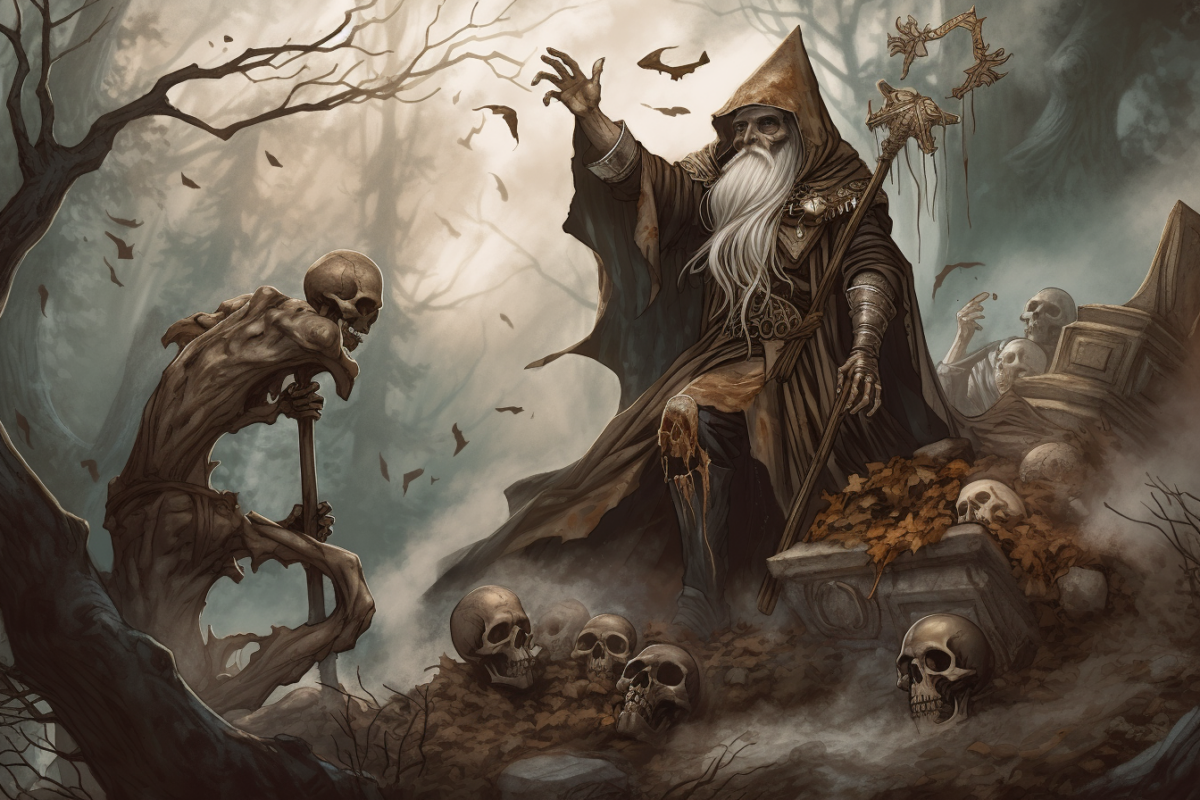
Animate Dead is a 3rd level necromancy spell may not be looked upon lightly depending on the setting, but a necromancy Cleric can use it to great advantage. The target must be a small or medium creature’s bones or corpse.
The caster can then make an undead servant they control for 24 hours. At the end of the 24 hours, the spell must be recast on the target, or the caster loses control of the animated undead.
2. Cure Wounds

Cure Wounds is not the flashiest or the most powerful healing spell in the game. It is, however, one of the spells the party is going to rely on the Cleric to have. The 1st level spell heals 1d8+mod and increases at higher level casts. It is a mid-combat lifesaver.
Every Cleric built should at least have one healing spell prepared daily, and Cure Wounds is the most flexible one to take.
1. Guiding Bolt

Another 1st level spell, Guiding Bolt, is good enough to use throughout the whole campaign. It starts off as a ranged spell attack that deals 4d6 damage at the base cast and can be up cast to stay relevant at higher levels.
As if the damage wasn’t enough, the next attack on a creature hit with Guiding Bolt is made at advantage.
A level 1 spell might seem like an odd choice to have at number one, but Guiding Bolt is just that good. When spell slots are hard to come by at higher levels, a level 1 spell that deals 4d6 damage comes in handy, and the advantage on the next attack is something the tank is going to thank you for.
Final Thoughts
Long gone are the days of the heal-bot Cleric. This class packs a punch in combat and comes with some pretty awesome, game-changing spells.
Since most of the character classes have some way to heal themselves, the Cleric has the ability to lend major support in a conflict or be the emergency escape for the party.
This does not diminish the need for the class since it is the best suited for removing conditions like blindness, missing limbs, and even death.
You might also be interested in the following:

![Top 20 Best Cleric Spells in D&D 5e [Ranked]](https://tabletopden.com/wp-content/uploads/2021/05/Best-Cleric-Spells-in-DD-5e-728x410.png)
Top 20 Best Sorcerer Spells in D&D 5e [Ranked]
Wednesday 3rd of January 2024
[…] Best Cleric Spells 5e […]
Inflict Wounds 5e D&D Guide [2023]
Tuesday 8th of August 2023
[…] This can be frustrating and confusing; however, the spell Inflict Wounds is thought to have originated as a corruption of the Cure Wounds spell. Both are Cleric spells. […]
Raise Dead 5e D&D Guide [2022]
Sunday 11th of December 2022
[…] Subclasses such as a Theurgy (Wizard) can use Raise Dead when swapped out for a Cleric spell. […]
Bless 5e D&D Guide [2022]
Sunday 13th of November 2022
[…] TipBless is a cleric and paladin spell. It benefits support-geared clerics more considering it is a concentration spell, […]